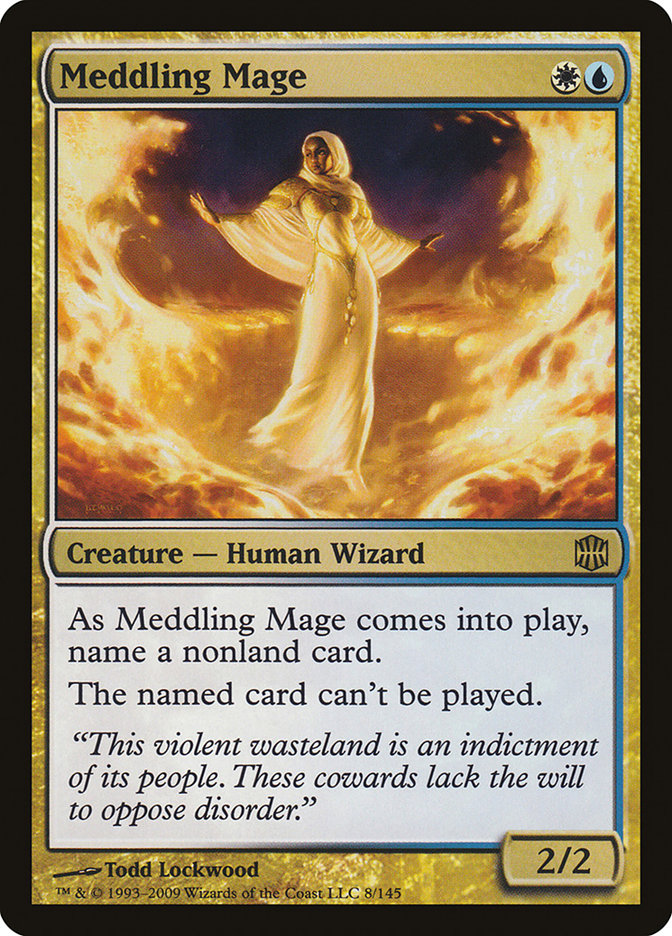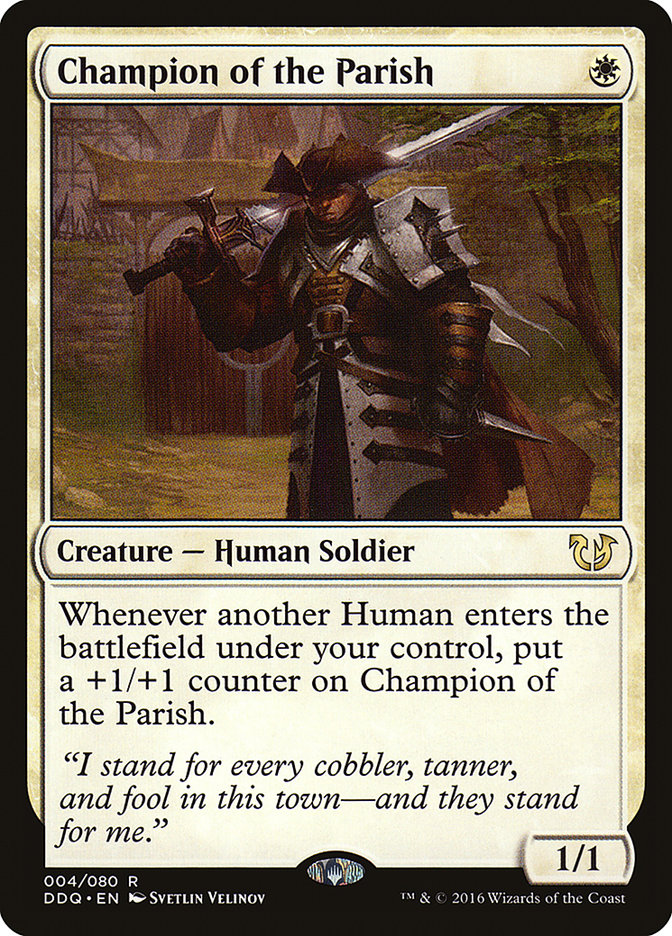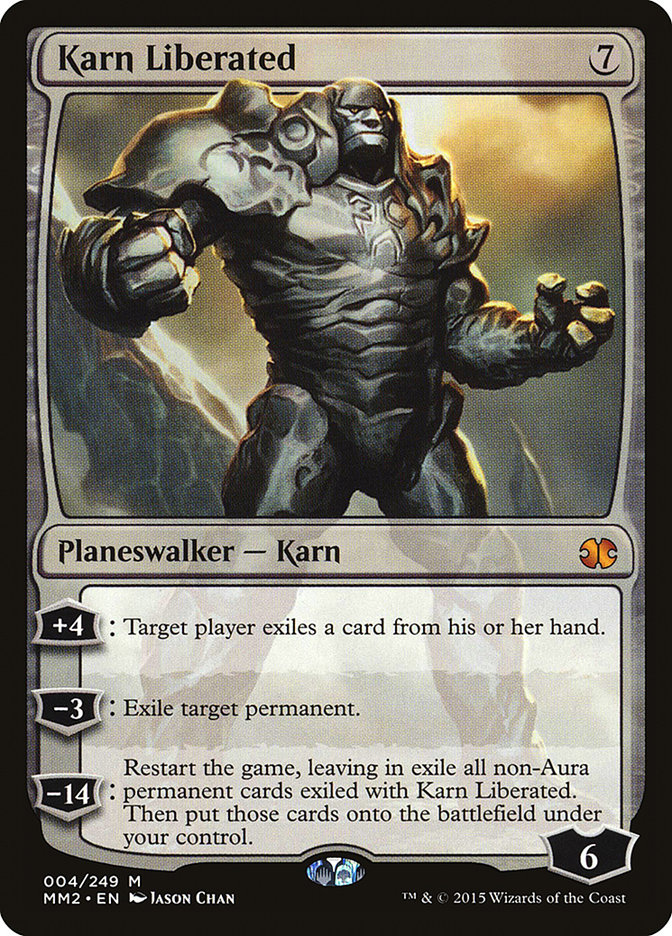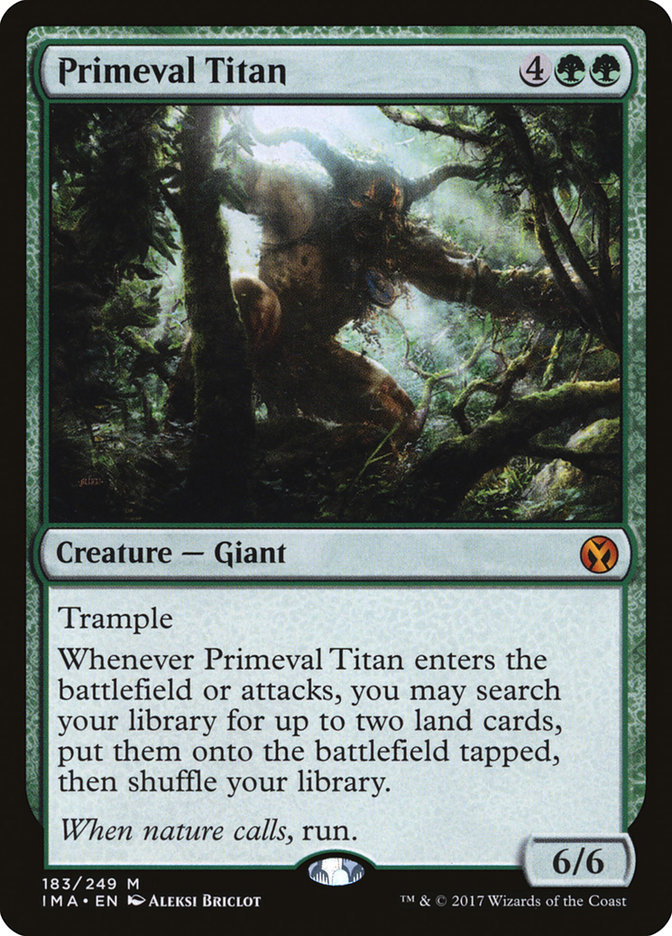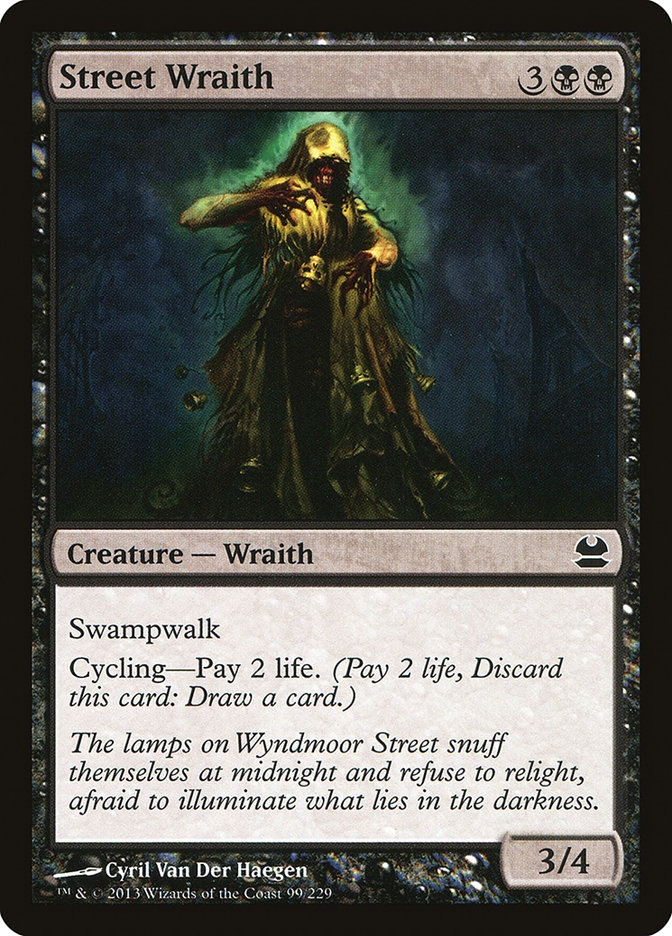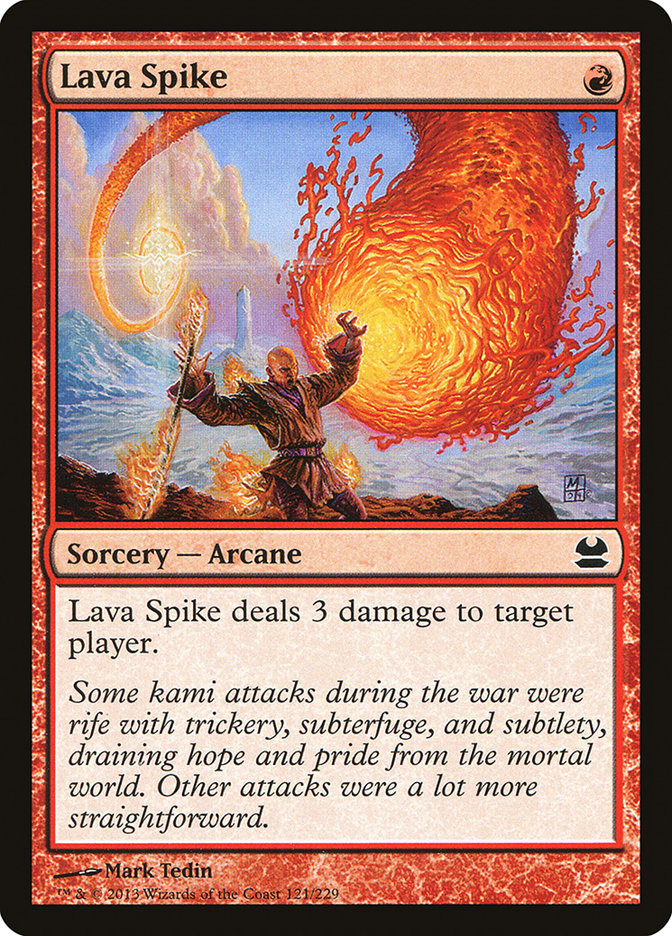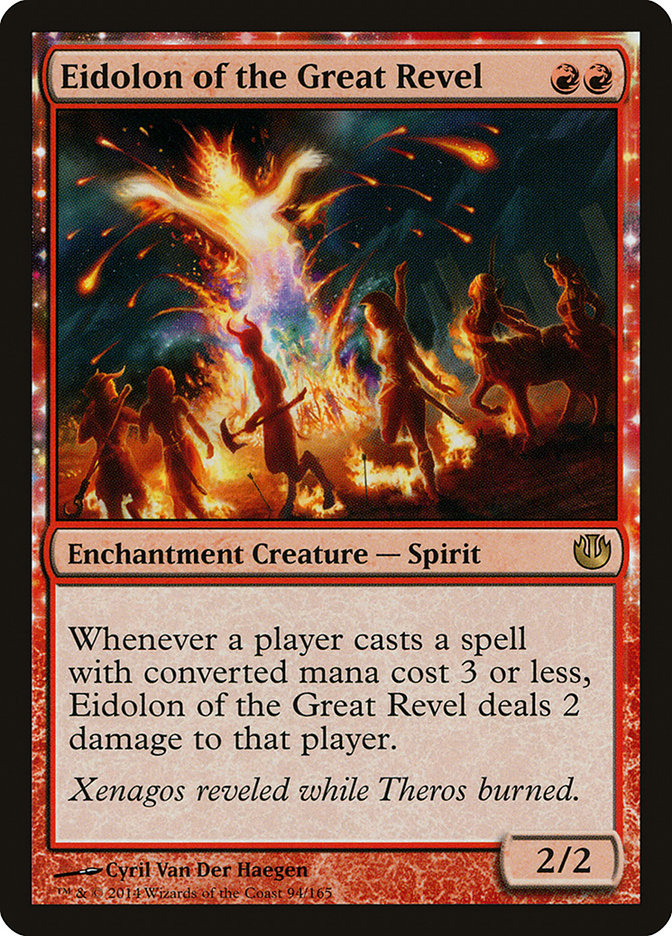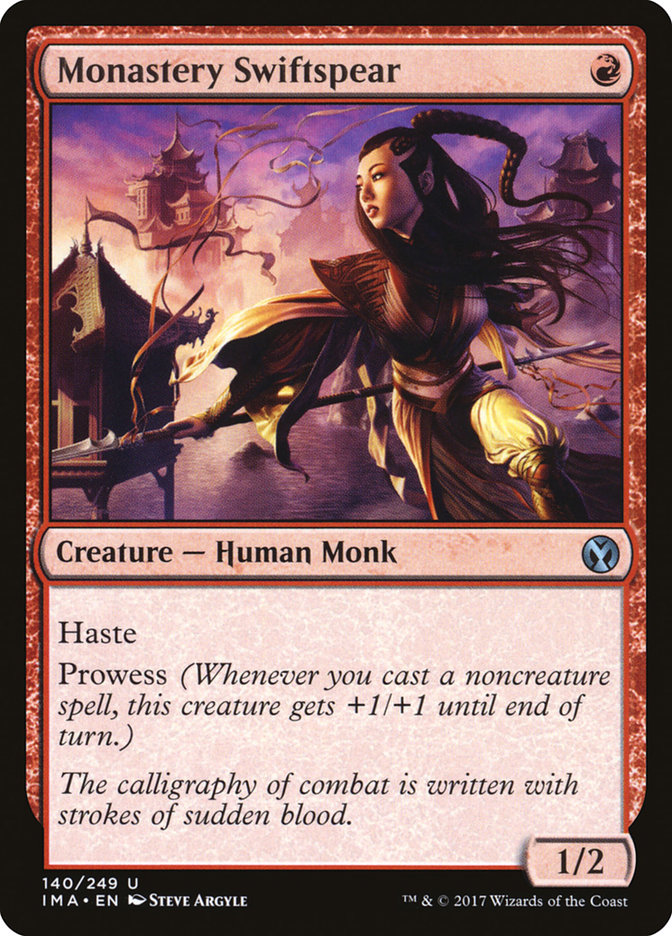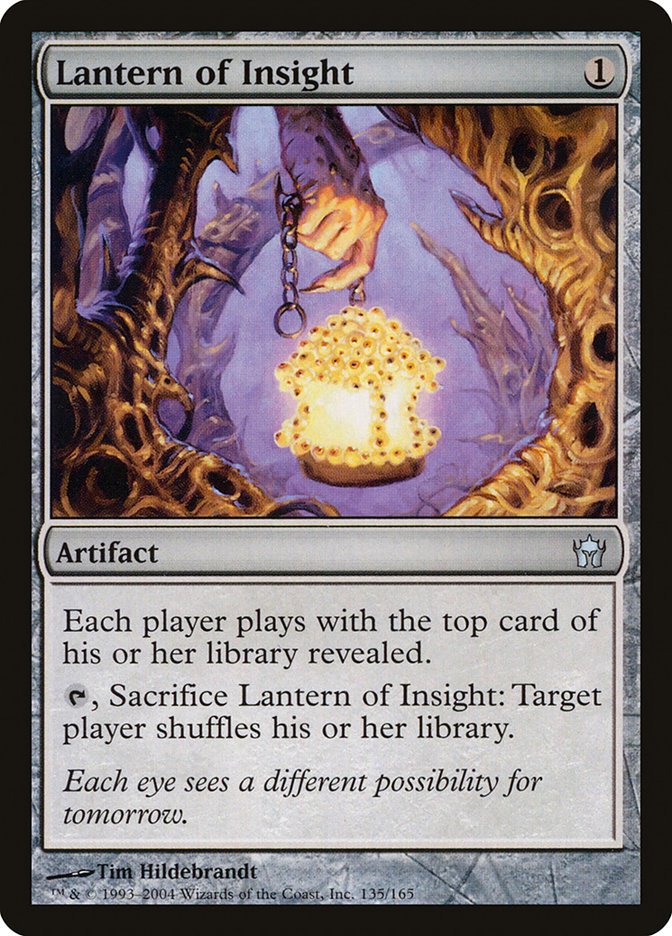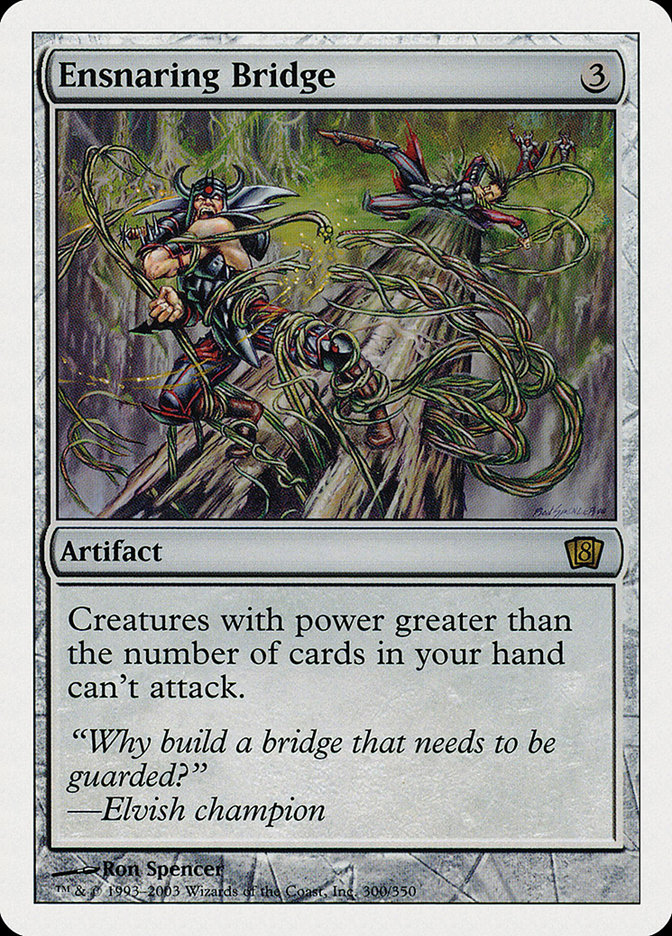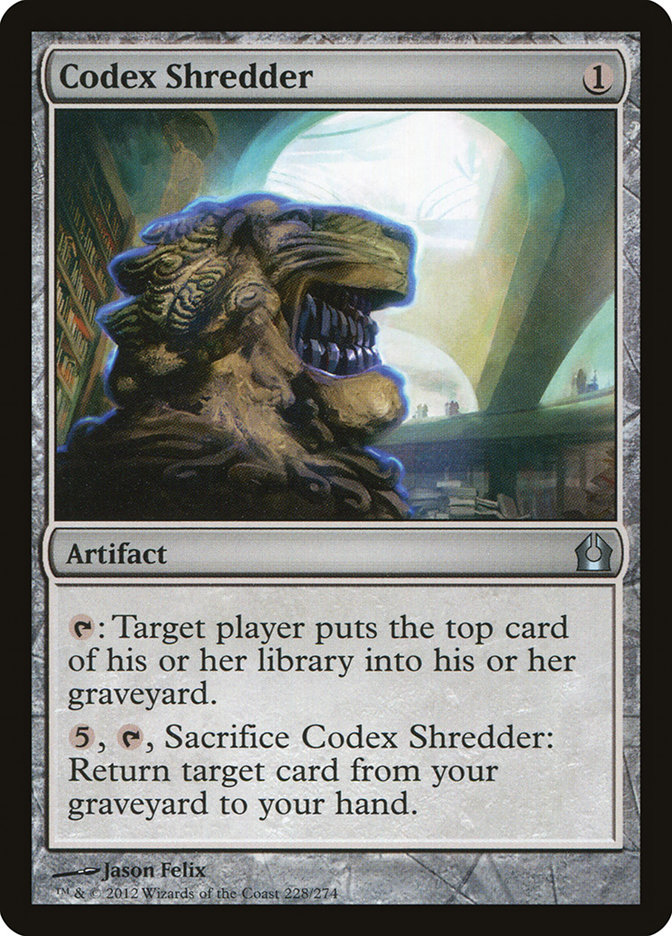[Welcome to Fact or Fiction! Cedric Phillips and Patrick Sullivan debate the big topics surrounding Modern and the SCG Tour event in Columbus, Ohio this weekend! Vote for your pick for the winner!]
1. Humans is a tier one deck in Modern.
Patrick Sullivan: Fact.
I think the “tier” designation is a crude way of describing decks, but
Humans is a legitimate choice for someone trying to win a Modern
tournament. The metagame has taken a bad turn for the deck over recent
months (less Storm, more big mana), but the deck is powerful, leverages
Aether Vial better than any Modern deck I’ve ever seen, and is surprisingly
interactive given the general absence of non-creature cards. It wouldn’t be
my choice for Columbus, but I wouldn’t fault anyone who picked it up.
Cedric Phillips: Fiction.
After playing a lot of this deck on Magic Online over the holidays (with
many a screenshot to boot!), I can say with some amount of certainty that
Humans is extremely “medium” right now. It’s stupid to say that a deck’s
good matchups are very good and a deck’s bad matchups are very bad, but
that’s really how I felt when playing Humans for ten days. When I got
paired against U/R Gifts Storm, Eldrazi Tron, Ad Nauseam, and various other
combo decks? I felt like it was impossible to lose. When I got paired
against Jeskai, Lantern Control, or Affinity, I felt like it was impossible
to win!
When Collins Mullen won SCG Cincinnati with Humans late last year, I was
doing coverage of that show, and it felt like he picked the perfect deck
for the tournament and no one had a shot to beat him as long as he played
well and his deck cooperated. Nowadays, Humans isn’t surprising anyone.
It’s a known entity, it’s very clear how to beat it: kill all their stuff
like Jeskai does, make bigger stuff quicker than them like Affinity does,
or ignore them entirely with an Ensnaring Bridge like Lantern Control does.
And unfortunately for Humans players, I’m pretty convinced there’s nothing
they can do about it.
2. The dominance of big mana strategies like G/B Tron and TitanShift will
continue at SCG Columbus.
Patrick Sullivan: Fiction.
Both of these decks are really far removed from what I want to be doing in
Modern–not interacting on the first turn, not defending themselves for
three or four turns, a lot of setup for a payout that might not actually
win the game, vulnerable to all manner of sideboard cards, etc. Modern is
so deep that there will be points where the metagame shifts in a positive
direction for these decks, and people have been having success as of late
with decks flush with cheap creature removal, which is good news for big
mana. But with the secret out, I expect things to settle a bit.
Cedric Phillips: Fiction.
Before I started my testing with Humans over the holidays, I began things
with G/B Tron because my love of casting Karn Liberated on turn 3 still
hasn’t waned after all these years. But as it often the case in Modern,
pairings are everything and I felt like there weren’t many good ones out
there. If I was paired against a Thoughtseize deck (Jund, Abzan, Grixis
Death’s Shadow), it was relatively happy times. If I got paired versus a
deck with Steam Vents (U/R Gifts Storm, U/R Through the Breach), I was
banging my head through the wall. Realistically, Tron (and TitanShift) can
beat most things if they’re running well, but you can say that about literally any Modern deck. When I was only running
average, the matchups just didn’t seem ideal. Even a matchup like Burn,
where this version of Tron is splashing four copies of Collective
Brutality, didn’t feel like a slam dunk.
3. Grixis Death’s Shadow is the deck to beat in Modern until noted
otherwise.
Patrick Sullivan: Fact.
I consider the low-opportunity ways of exploiting your graveyard (Delve,
Snapcaster Mage, etc.) to be the most powerful exploit in the format, and
Grixis Death Shadow does that better than any other deck. Plus, the deck
manages flood/screw well with so many cantrips and forms of selection,
plays some of the best cheap interaction, and has a robust sideboard that
can be tailored for any metagame consideration. Similar to my opinion on
Infect a few years back, I think this deck does the best thing at the best
rate with a lot of consistency, and it has the results to boot.
Cedric Phillips: Fact.
As I continue testing for Pro Tour Rivals of Ixalan (I’d call this a
humblebrag, but I’m already prepared to miss Day Two), I keep thinking to
myself “Shouldn’t I just be testing Death’s Shadow this entire time?” I’ve
covered the deck enough times on the SCG Tour to know that it’s completely
busted so why haven’t I just picked it up yet? I like activating Steel
Overseer. It’s fun to bounce creatures with Reflector Mage. I have serious
addiction issues with casting Karn Liberated. And yet, every time my
opponent starts the game with Watery Grave + Thoughtseize, no matter what
deck I’m playing, I always think to myself “shit!”
If that’s not a sign that Grixis Death’s Shadow is the deck to beat in
Modern, I’m not really sure what is.
4. Burn is a better deck than players realize.
Patrick Sullivan:
Fact. I mean, I don’t know how good everyone considers the deck to be, but
I’ve been playing with it for a few months in MTGO leagues, and I’m happy
with my win rate. The big mana matchups are solid, I like my tribal
matchups, Storm is a joke, and you’re flipping coins against Grixis Death’s
Shadow. Anecdotally, I see more Jeskai in “paper” than online and that
matchup is rancid, so Burn might not be a good choice if you expect a lot
of Lightning Helix alongside Geist of Saint Traft. Much like Humans, it
wouldn’t be the top of my list, but I think it’s a fine choice.
My current build of Modern Burn:
Creatures (14)
Lands (20)
Spells (26)
Sideboard

Cedric Phillips: Fact.
Burn is probably the deck that has surprised me the most in preparing for
Pro Tour Rivals of Ixalan because I keep losing to it with every deck that
I test. G/B Tron where I resolve a double escalate a Collective Brutality?
Lost. Humans where my start is perfectly acceptable and involves Thalia,
Guardian of Thraben? Lost. Affinity where I play five permanents on turn 1?
Lost.
It gets the point where you actually have to think to yourself “I get that
it’s Burn, but maybe this deck is actually totally fine?” I know the deck
has extreme difficulty beating Lightning Helix (with or without Snapcaster
Mage being involved) and it doesn’t handle mana flood particularly well,
but as Patrick explained above, you’ve got a lot of good/great matchups
against popular Modern decks and you can go toe to toe with Grixis Death’s
Shadow simply given the nature of how that deck executes its gameplan.
5. Lantern Control is bad for the overall health of Modern.
Patrick Sullivan: Fact.
To preface: “Being bad for the health” and being worthy of a ban are two
different bars, and it’s possible that Lantern Control resides in that
delta. But the deck’s play pattern is among the most unfun things I can
imagine existing.
The most fun part of Magic’s game engine is the draw step. A lot of fun
emerges from the following characteristics:
1) It is generally unknown. Sometimes there is some setup and you know
ahead of time, but as a rule it’s a mystery to both players. Surprises are
fun, and a lot of the strategic depth from the game comes from both players
trying to maximize and mitigate each other’s likely range of draws (or
specific topdecks).
2) It provides you with the hope of catching up if you are losing. Now,
sometimes you’re doomed and nothing can save you, but if your opponent has
a ton of creatures on the battlefield, even if you have no answer in your
hand, the top of your deck could be Fumigate.
The entire point of Lantern Control is to deny your opponent a productive
draw step in a public, humiliating, invasive fashion. Losing to this deck
generally involves taking the most fun part of most turns and turning it
into an exercise of frustration. There are other questionable elements of
the Lantern experience (lots of confusing permanents on the table, a bunch
of ticky-tac operations, no creatures), but the violation of this core
conceit of the game engine is so egregious that I can’t imagine a
definition of “unhealthy” that doesn’t capture this deck.
Cedric
Phillips: Fact.
I’ll answer this question with two bulletpoints.
What Patrick said because he said what I would have but much more
eloquently. All 265 words of his explanation are dead on and I
couldn’t agree more.
I can’t wait for Nick Miller to put Lantern Control on camera this
weekend at SCG Columbus so we can all suffer together. Misery loves
company and you, our lovely viewers, are said company.


